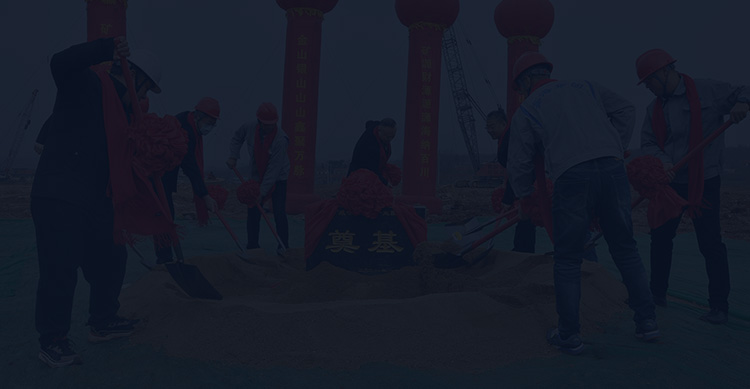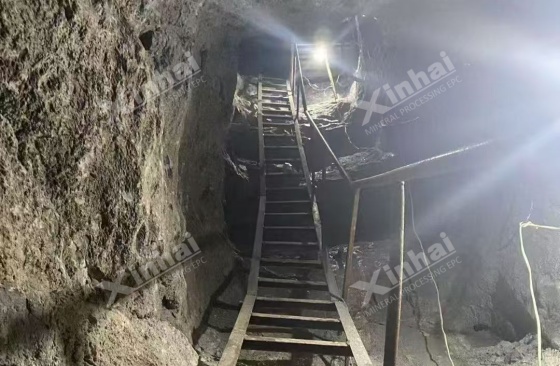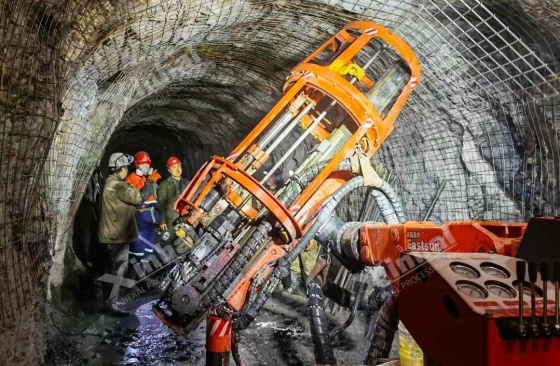
In recent years, global demand for mineral resources—especially strategic minerals like lithium and cobalt—has continued to rise. To meet this demand efficiently while minimizing resource waste, underground mining has become an increasingly viable option. However, despite its advantages, underground mining also presents certain drawbacks when compared to open-pit mining. This article provides a detailed overview of the pros and cons of underground mining.
1. Environmental Protection Advantages
Underground mining minimizes surface ecological disruption by operating in a three-dimensional spatial framework. Compared with open-pit mining of equivalent output, the surface disturbance area of underground mining is only 1/15 to 1/20 that of open-pit mining.
Additionally, the enclosed working environment in underground mines acts as a natural sound barrier. Noise levels at the boundary of underground mining sites are typically below 55 decibels—about 60% lower than those of open-pit operations. For dust suppression, automated spray systems combined with negative-pressure ventilation technology help control PM2.5 emissions effectively.

2. Resource Conservation Advantages
With continuous advancements in mining technology, modern underground mining integrates 3D laser scanning, precise extraction systems, and digital orebody modeling. This has enabled resource recovery rates to exceed 90%. In shallow-resource-depleted areas, deep mining extensions can prolong the mine’s service life by 2 to 3 times.
3. Safety Assurance Advantages
Modern underground operations employ microseismic monitoring and real-time stress feedback systems, enabling geological hazard forecasting up to 72 hours in advance. This has reduced the accident rate by 89% compared to the 20th century.
In rock mass stability control, the combination of flexible support systems and prestressed anchor technology has decreased the tunnel collapse rate from 12% to 0.7%. To mitigate the risk of gas outbursts, distributed fiber optic sensor networks improve response speeds by up to 200 times compared with traditional systems. Environmental control systems maintain deep-mine temperatures at around 28°C and humidity levels below 65%.
4. Economic Benefit Advantages
Underground mining enables a stable, long-term supply of ore, contributing to sustained profitability. It is especially suited for high-grade ore extraction, which enhances the market competitiveness of the end product. Furthermore, the broader economic benefits extend across the entire industrial chain, generating significant downstream value.
1. High Costs
The high costs of underground mining are mainly reflected in two aspects.
On the one hand, construction costs are significant. Underground mining requires the development of complex shafts, ventilation, and drainage systems, resulting in high initial investments. For example, constructing a single shaft at a depth of one kilometer can cost up to USD 80 million, while the cost of underground tunnel development is 3–5 times higher than that of open-pit stripping.
On the other hand, operating costs are also high. The energy consumption of underground mining is nearly 1.4 times that of open-pit mining, and rising labor costs further drive up operational expenses. In addition, mine closure costs should not be overlooked.

2. High Technical Requirements
Underground mining must address complex geological conditions and technical challenges such as groundwater control, ventilation, and ground support. Moreover, it involves various safety risks—including gas explosions, rockfalls, and water ingress—which necessitate rigorous safety management systems.
3. Environmental Impact
Groundwater pollution: Underground mining can disrupt groundwater flow systems, leading to water quality degradation or depletion of water resources. For example, 30 years after the closure of the Ruhr mining region in Germany, the iron ion concentration in nearby aquifers remained 23 times above the standard, and remediation costs reached €1.7 billion.
Ventilation and drainage: Substantial ventilation and drainage requirements may adversely affect local groundwater environments. At the gold mine in Peru, underground drainage caused the water levels of surrounding lakes to drop by an average of 1.2 meters per year. South African gold mines release approximately 14 million tons of methane annually through ventilation shafts—equivalent to the annual carbon emissions of 6.4 million cars.
4. Labor-Intensive Nature
Underground mining is characterized by harsh working conditions and high labor intensity, which can impact workers’ physical and mental health. Despite the growing adoption of automated equipment, many underground mining operations still resemble industrial-age working environments. For instance, in the Democratic Republic of the Congo, artisanal cobalt miners carry an average daily load of 500 kilograms, and their life expectancy is 9.3 years lower than the national average.
Despite its various disadvantages, underground mining remains difficult to replace by other mining methods. In the context of accelerating the global energy transition, it has evolved from a means of resource acquisition into a critical mechanism supporting the continuity of modern civilization.

Since its establishment 28 years ago, Xinhai Mining has accumulated extensive experience across the entire mining industry chain and has developed a full life cycle service system covering exploration–mining–beneficiation–operation & maintenance. Through our independently developed intelligent concentrator control system and modular EPC+M+O general contracting model, we have successfully delivered over 100+ countries, achieving technological breakthroughs that improve ore recovery rates by 5–15%.
If you have any needs related to mining or mineral processing, please feel free to contact us.
To find out more about our products and solutions, please fill out the form below and one of our experts will get back to you shortly.